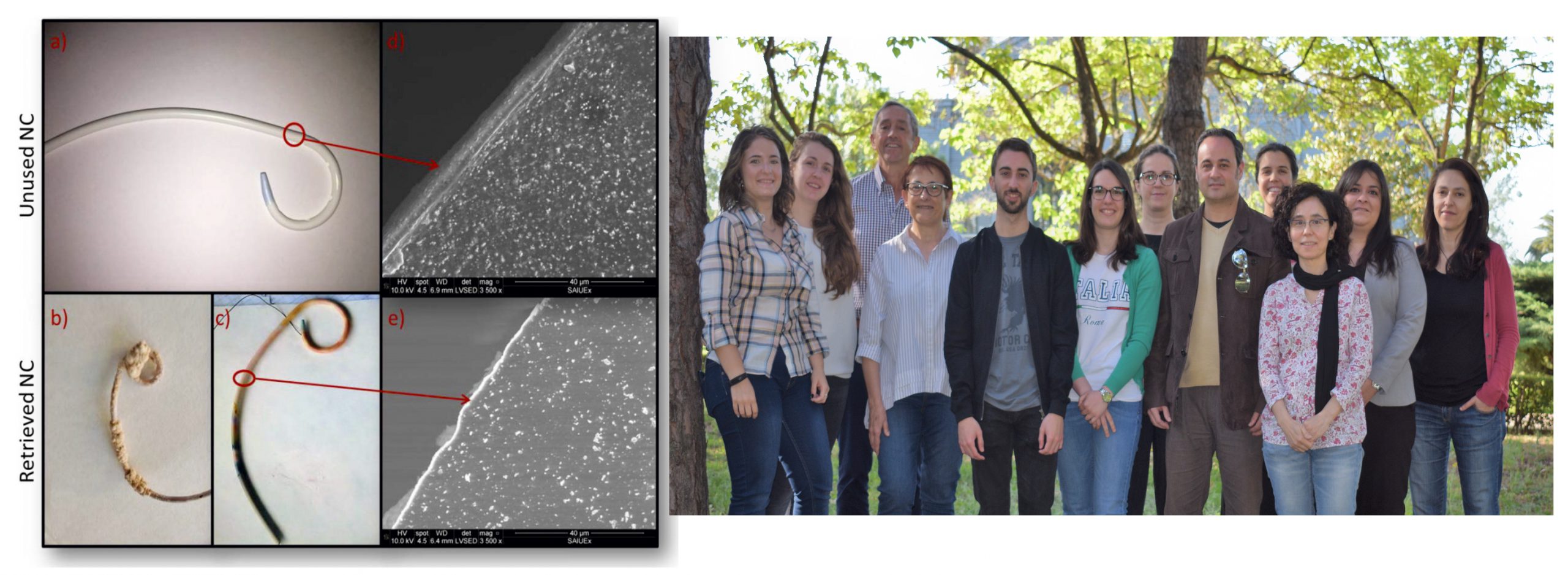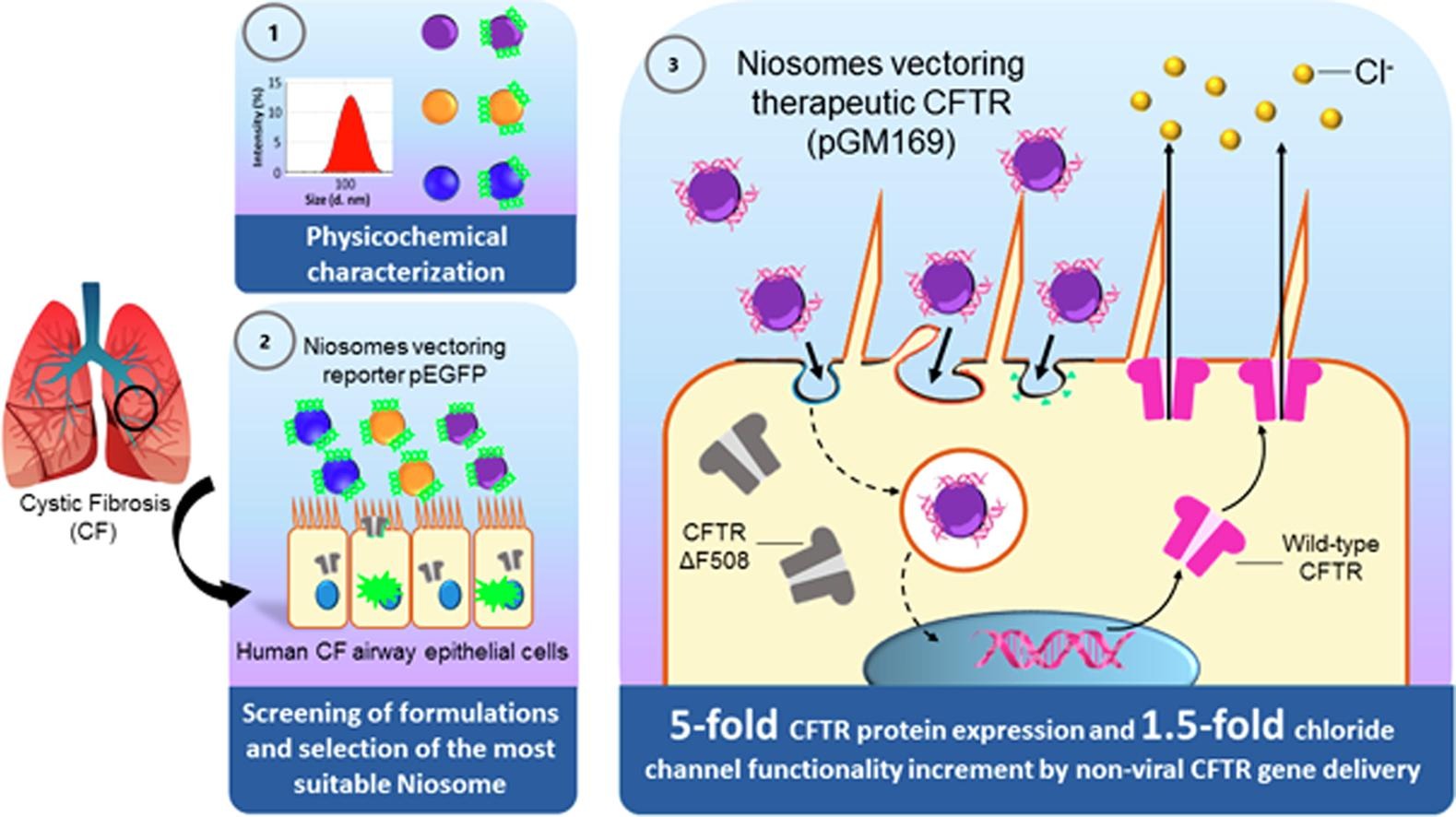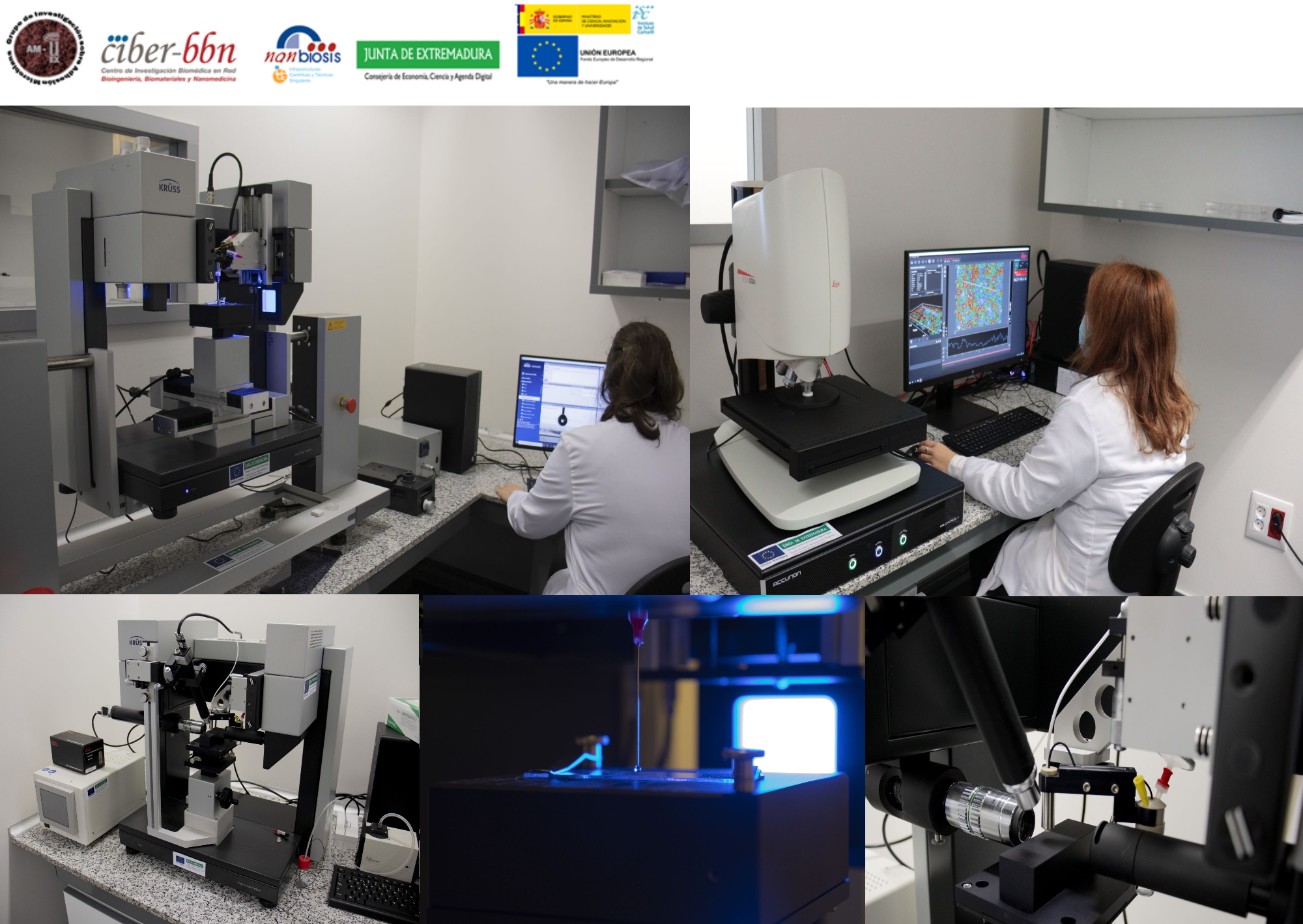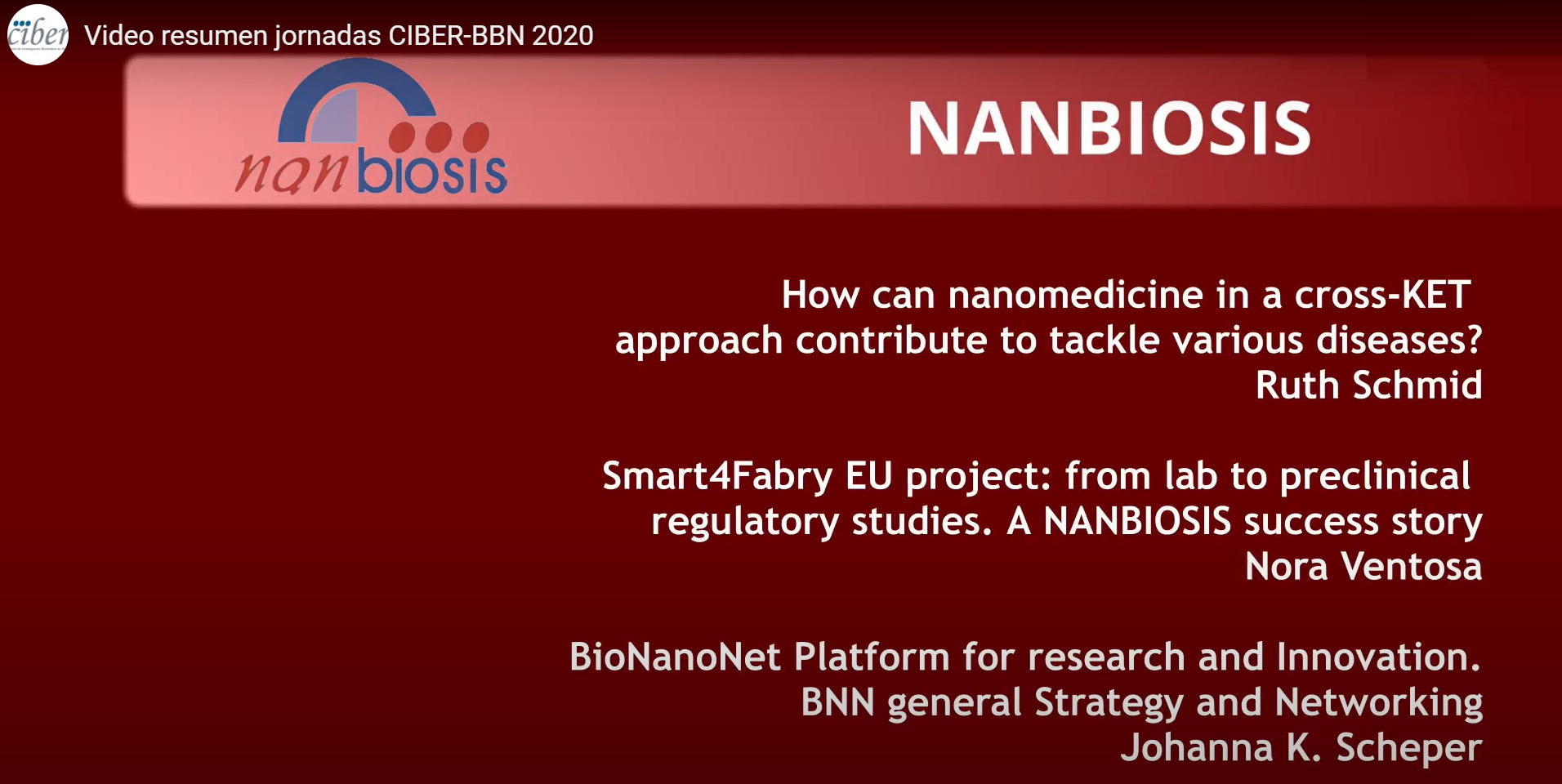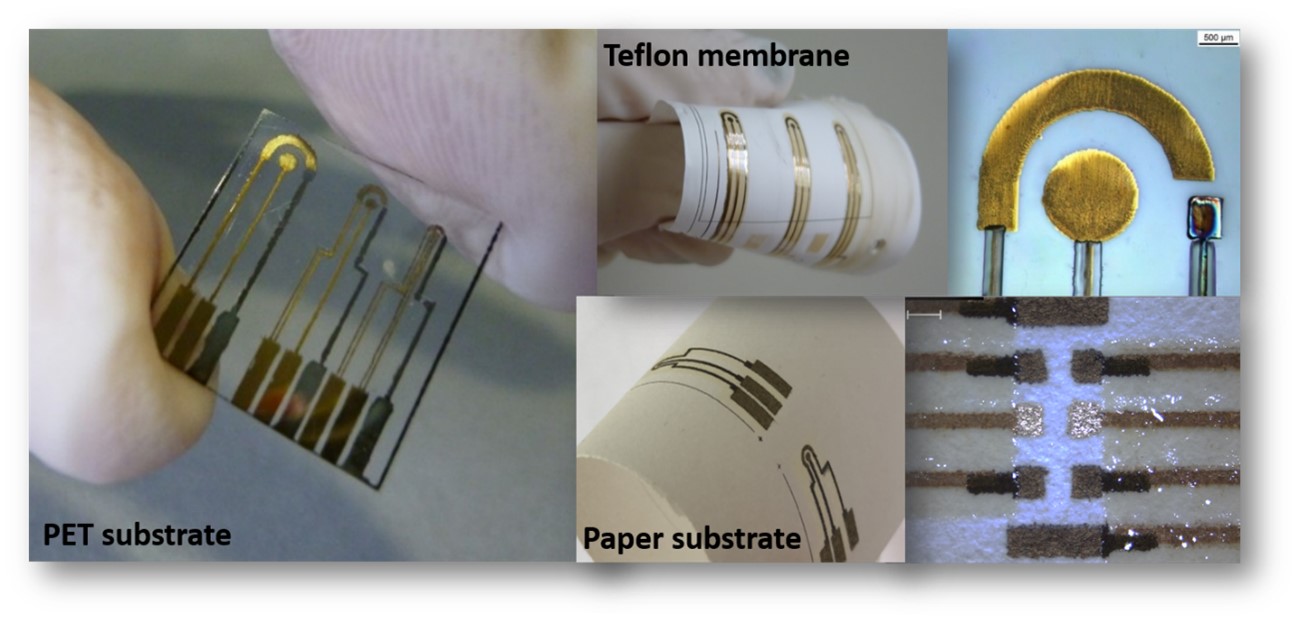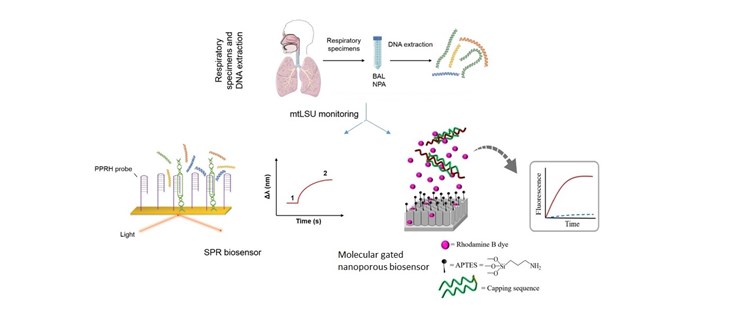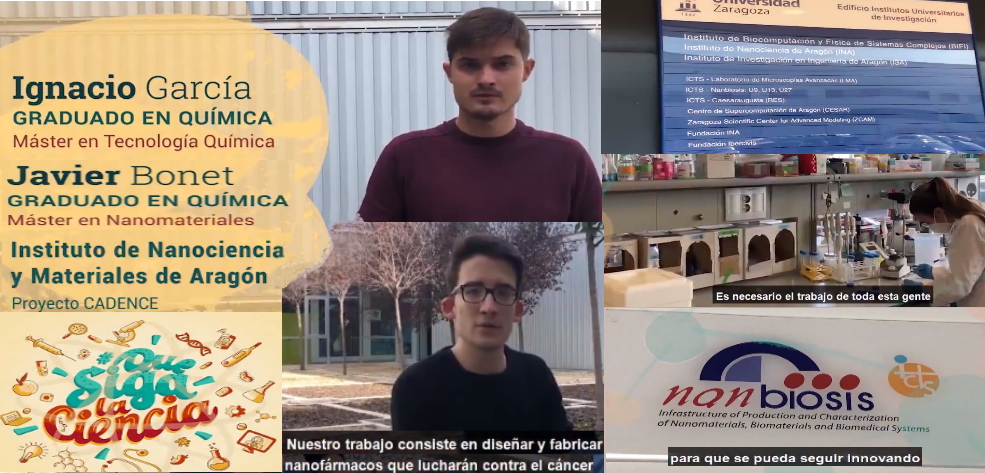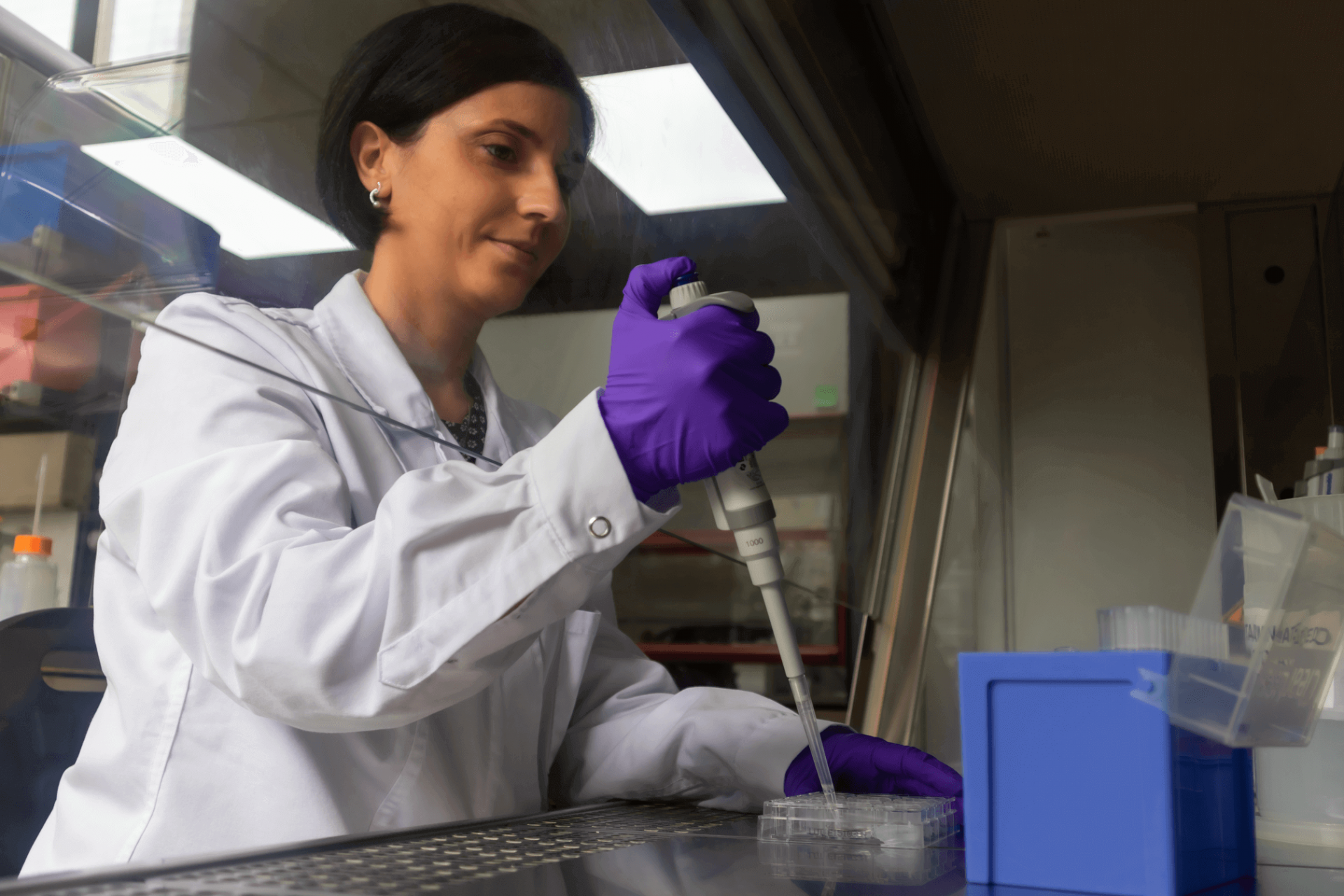Chemical composition of explanted deteriorated nephrostomy polyurethane-catheters through X-ray photoelectron spectroscopy
Researchers of Nanbiosis U16 Surface Characterization and Calorimetry Unit of CIBER-BBN and University of Extremadura in Badajoz, are the authors of an article published by Materials Chemistry and Physics,
The researchers studied the surface chemical information of thirteen used catheters that had remained in patients for two months, using the XPS technique with the purpose of this communication is to report.
Compositional changes in relation to unused catheters provided information on the degree of the chemical degradation suffered. ATR-IR
added information on the chemical characterization of the samples
and Scanning Electron Microscopy (SEM) analysis will advise on topographical changes.
The XPS technique is optimum to analyzed the surface chemical composition of medical polymer device. Applied to the ureteral catheters, XPS shows on the surface of damaged catheters calcium and other ions from urine. XPS was performed by the ICTS “NANBIOSIS”, more specifically by the Surface Characterization and Calorimetry Unit of the CIBER in Bioengineering, Biomaterials & Nanomedicne (CIBERBBN)
and the SACSS-SAIUEx of the University of Extremadura (UEx)
Ureteral catheters are a fundamental part of the modern urologist’s armamentarium. X-ray photoelectron spectroscopy (XPS) was used for the first time as a powerful analytical tool for the study of the chemical
composition of nephrostomy catheters retrieved from patients who had undergone nephrostomy to detect their chemical deterioration inside the human body. Depth profile analysis provided not only the composition of the surface but also that of the catheter bulk. The results obtained by XPS showed the presence of calcium and other ions, such as phosphorus, sulphur and fluorine in the explanted deteriorated catheters. The detection of barium on the surface of all the retrieved catheters has special relevance. This chemical element is usually incorporated as a radiomarker in the catheter polymeric matrix and its diffusion from the bulk material to the surface must be responsible for its XPS detection. The accumulation of high levels of this element from toxic barium salts in cases of urine drainage failure could lead to its adsorption from the surrounding tissues into the patient’s body, thus compromising the safety concentrations of this soft alkaline earth metal.
Article of reference:
Chemical composition of explanted deteriorated nephrostomy polyurethane-catheters through X-ray photoelectron spectroscopy María Fernández-Grajera, Margarita Hierro-Oliva, Luis Fernández-deAlarcón, Amparo M.Gallardo-Moreno. Materials Chemistry and Physics Volume 239, 2020, 121979 https://doi.org/10.1016/j.matchemphys.2019.121979
